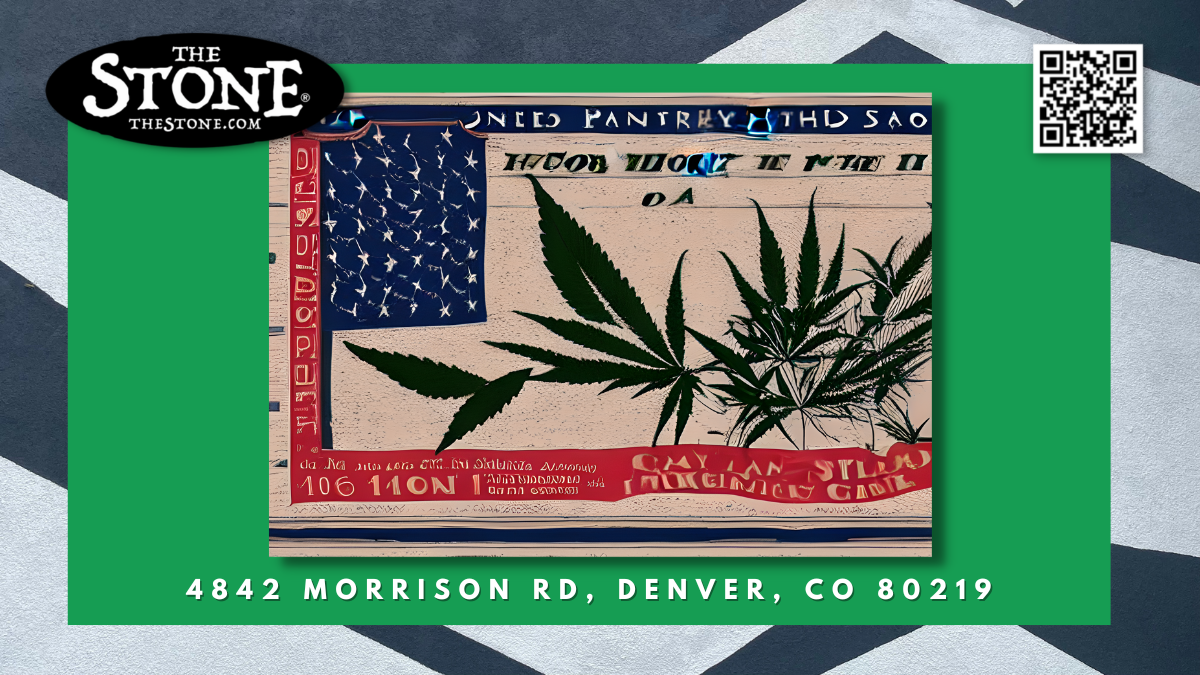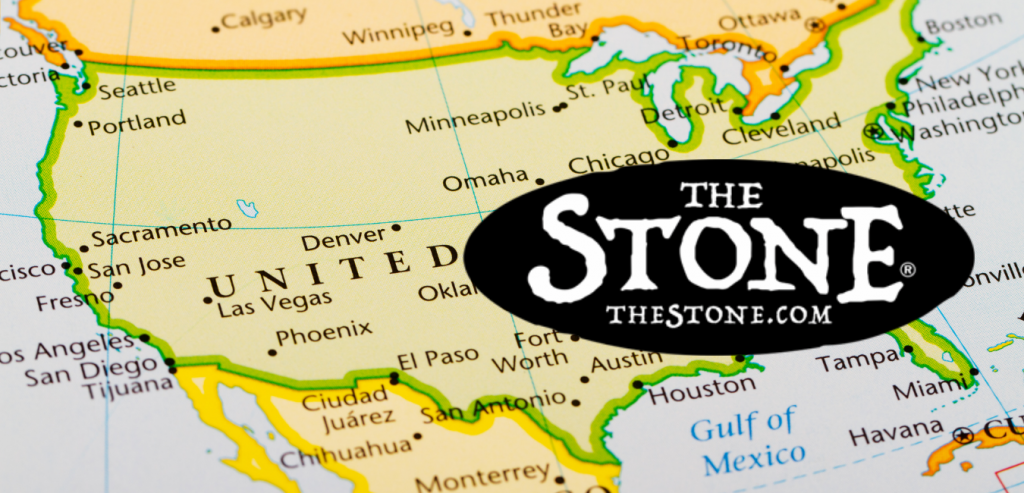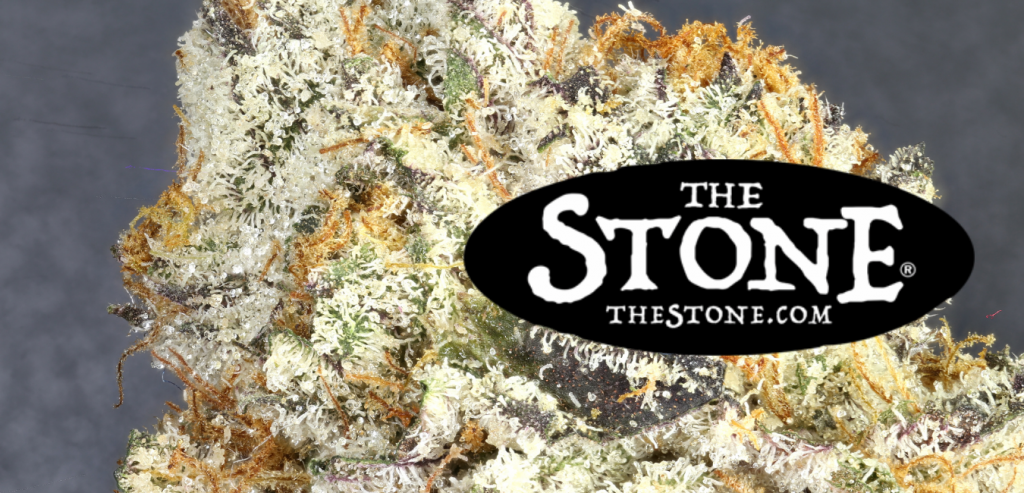
This website is for users aged 21 and over. Please confirm your age.

Marijuana has a long history of human use in the United States. The cannabis plant grew wild throughout much of the country. Native Americans used it as a source of rope, oils, medicine, and food before European settlers arrived. Hemp (a variety of Cannabis) fiber was even mandatory in the American Declaration of Independence to help make it into ropes, canvas, and other materials for ships.

The MTA effectively ended all medical use of marijuana at that time. It imposed an extraordinarily high tax on anyone who dealt commercially with Cannabis. This tax required a license even to possess the plant. The passage of the MTA, and several similar laws that followed, effectively criminalized marijuana possession nationwide.
That was dumb.
Despite the prohibition on use and cultivation, Cannabis was widely available during the mid-20th century. This was due to its everyday presence in unprocessed imported hemp products such as rope, fabric, and paper. Hundreds of thousands of people were arrested for possessing small amounts in the following decades. Many are young African Americans and Latinos, although statistics show that use was higher among whites.
This racist, bigoted law created five schedules (classifications) for drugs, including Cannabis, based on acceptable medical use and potential for abuse. Marijuana was classified as a Schedule I substance. It had no currently accepted medical use in treatment in the United States. It was claimed to have a high potential for abuse and is unsafe to administer, even under medical supervision.
These classifications have remained unchanged even though studies indicated Cannabis has medical value. About half of the states passed laws in the 1970s making marijuana legal for at least some medical use. Under these circumstances, the federal government did little to enforce prohibition until the mid-1990s, when a shift occurred towards harsher penalties for drug crimes.

…many states began to pass laws to authorize the cultivation and distribution of medical marijuana. The federal court held that the CSA prohibited any such activity. This meant that state-sanctioned cultivation and distribution of medical marijuana remained illegal.
In recent years, support for the legalization of Cannabis has grown substantially among voters and lawmakers alike. Twenty-three states and the District of Columbia currently have laws broadly legalizing marijuana. Colorado, Washington, Oregon, Alaska, the District of Columbia, and 28 other states have legalized it for recreational use.
…allowing specific benefits of marijuana. These state laws directly conflict with federal law. The federal government has intervened in several of these states. The State has damagingly brought criminal charges against people who operated licensed dispensaries and growers for violating federal statutes prohibiting the cultivation, distribution, and possession of Cannabis.
In the end, most people will agree that criminalizing such a helpful and harmless plant is ridiculous. Many people die each year from preventable diseases due to the lazy thinking of European Descendants. Profits over people are no longer with the decriminalization and legalization of Cannabis.
Have you ever wondered how much weed you will get for $20? Is often a question that lingers in the minds of many first-time consumers. The question is simple enough, but the reply is much more complicated, especially for a first-time user to fully comprehend the jargon or slang used within the Cannabis industry.
While no one reply can satisfy everyone for their understanding, this article seeks to cover most grounds on which $20 worth of pot is quantified There are factors to consider when purchasing from the local Cannabis Dispensary. These factors may include but are not limited to potency, negotiation within distribution channels (dispensary or illegal market), and various parts of the world you choose to buy marijuana. Therefore, marijuana researchers support that a consumer will likely get between a gram and 2 grams of weed.
At your local dispensary, a gram of weed is the standard amount you can buy. Today, consumers can buy a gram of Kush for around $20 at most marijuana dealers. Nevertheless, in numerous regions, $20 worth of Cannabis has alluded to the name “dub sack” which is, as a rule, 2 grams of weed. Concurring with cannabis analysts, the term dub sack, at first, came from shortening the term “double dime bag.” That is why, in some regions, the name still essentially implies $20 worth of weed.
The amount of marijuana you get in this way depends on the showcase of Cannabis strains in your locale. When one hears the term $20 bag or a dub sack, it is not surprising that this is not a large amount in the package. In truth, it may be the measure of two huge blunts of flowers and leaves. It is generally sufficient for a few blunts or five or so joints rolled into a cigar.
On the other hand, further studies have supported that in some places, it is now common to get more than 2 grams of weed for $20. For instance, one could get 3.5 grams or “an eighth” of high-quality Cannabis for $20 in Oregon, equivalent to about 7 joints of marijuana. The average cost of an eighth of weed can be between $20-$65, depending on whether your Cannabis is a top tier or not. Most Cannabis buyers purchase an eighth (for more money) to be more cost-effective.
All in all, $20 of regular weed highly depends on the region where you purchase marijuana, amongst other economic and natural factors. Other factors that may impact the amount of weed one can get for $20 are subject to deals at your local dispensary, negotiation with your budtender, as well as the potency of the cannabis flower. While there is no set amount, an individual can buy $20 worth of weed. It is common to get between one to two grams of marijuana in the package. If a consumer chooses top-shelf weed, you might get a small amount of weed in the same dollar value compared to buying low-quality weed. In conclusion, the importance lies in getting the ‘buck’s worth and feeling satisfied with the product.
REFERENCES
Fuego, H. (2019). Ask a Stoner: What’s a Better Value, Weed or Wax?. Retrieved 3 November 2021, from
https://www.westword.com/marijuana/dispensary-guide-whats-worth-your-money -more-weed-or-wax-11574085
How Much Is A Gram? Visual Guide To Cannabis Amounts | Green Flower. (2020). Retrieved 3 November 2021, from
Weed Measurements Guide: Marijuana Quantities, Weights & Prices. (2021). Retrieved 3 November 2021, from
Weed Measurements Guide: Marijuana Quantities, Weights & Prices
The Stone is one of Denver’s most popular dispensaries. And it’s easy to see why – they offer a great selection of high-quality cannabis products, excellent customer service, and competitive prices. The Stone is worth checking out if you’re looking for a Denver dispensary that can provide you with the best possible cannabis experience. Here are just a few of the reasons why we think The Stone is the best of the Denver dispensaries:
– They have a wide selection of high-quality cannabis products
– Their customer service is excellent
– Their prices are competitive
But their commitment to social responsibility sets The Stone apart from other Denver dispensaries. They regularly partner with local charities and non-profits, and they sponsor events that help raise awareness for important causes. So if you’re looking for a dispensary that provides excellent products and services and gives back to the community, you are sure to check out The Stone! The Stone is worth checking out. You won’t be disappointed!
We warmly welcome you to explore our highly acclaimed strains, concentrates, and edibles. Serving recreational clients with pride is our passion.
At our dispensary, you'll find a professional yet inviting atmosphere that prioritizes your comfort and privacy. Feel free to stop by at your earliest convenience to experience it for yourself. We can't wait to serve you!


